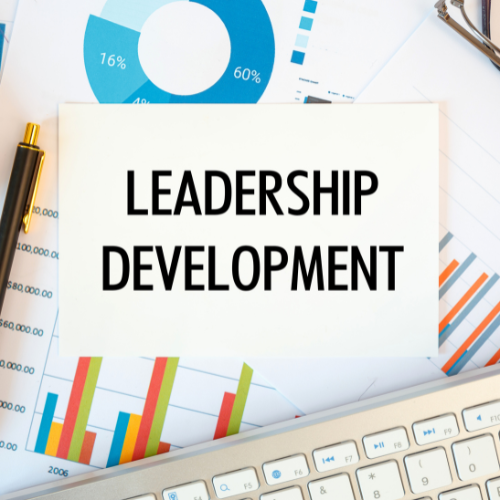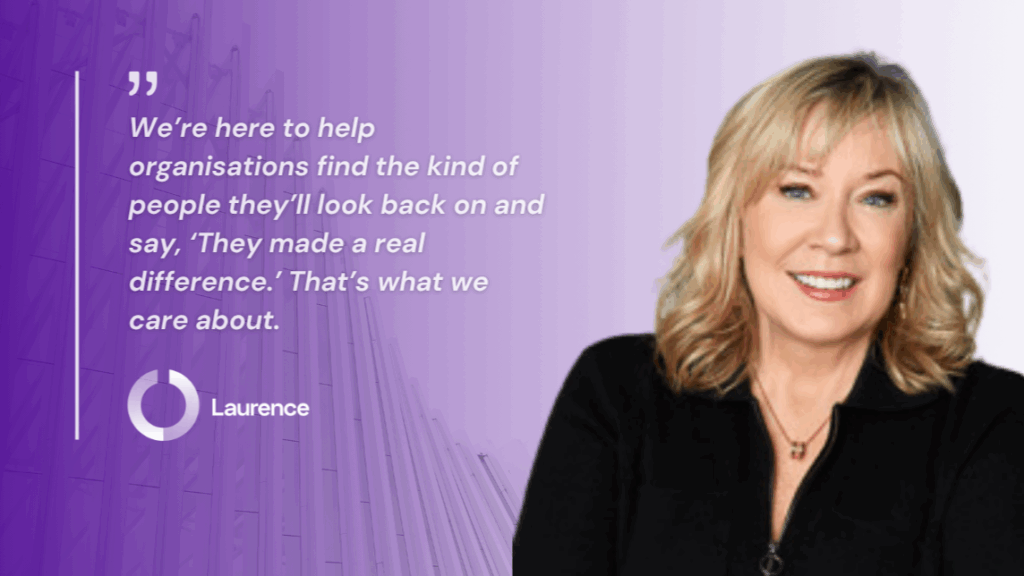In today’s competitive employment market, the ability to attract and retain exceptional people is as critical as the products or services a business delivers. Yet, one of the most significant threats to employee engagement and long-term performance remains unresolved — burnout.
Recent studies suggest that burnout affects over half of the global workforce, costing Australian businesses billions each year through lost productivity, absenteeism, and turnover. The impact reaches beyond financial metrics. Burnout erodes motivation, damages culture, and can push high-performing employees to seek opportunities in healthier, more balanced work environments.
Why Burnout Is a Leadership and Recruitment Issue
Burnout is more than an HR concern — it is a leadership and business continuity issue. Physical, emotional, or mental exhaustion from prolonged stress reduces performance and engagement. The result is decreased productivity, higher staff turnover, and increased pressure on recruitment to fill preventable vacancies.
Organisations that prioritise wellbeing and sustainable work practices consistently achieve stronger retention outcomes. These businesses are also better positioned to attract talent, as jobseekers increasingly value culture, flexibility, and leadership over salary alone.
Recognising the Warning Signs
The earliest indicators of burnout can be subtle: a drop in output, rising absenteeism, or decreased enthusiasm. Awareness and early intervention can prevent broader disruption across teams.
Burnout is often triggered by:
- Excessive or unclear workloads
- Limited autonomy or control
- Poor communication and inconsistent leadership
- Lack of recognition or fairness
- Inadequate work-life balance
Understanding these drivers allows leaders to make informed adjustments before burnout impacts performance and morale.
Creating a Culture That Prevents Burnout
Reducing burnout is less about large-scale programs and more about the daily actions and behaviours of leaders. A healthy workplace culture stems from strong, empathetic leadership and a clear commitment to supporting employee wellbeing.

1. Manage Workloads and Expectations
Set realistic goals, monitor capacity, and redistribute tasks where necessary. Employees who feel their workload is fair are more likely to remain engaged and productive.

2. Support Work-Life Balance
Encourage staff to take breaks and use leave. Flexible work arrangements — whether hybrid or adjusted hours — reduce stress and improve overall satisfaction.

3. Develop Capable, Self-Aware Leaders
Investing in leadership development delivers long-term benefits. Managers who can recognise early signs of burnout, communicate effectively, and lead with empathy create a more resilient workforce.

4. Foster a Connected, Supportive Culture
Encourage collaboration and open communication. Provide access to wellbeing programs and promote a sense of belonging across teams.
The Payoff: Engagement, Retention and Productivity
Addressing burnout proactively leads to measurable benefits — improved morale, lower turnover, and increased productivity. Employees who feel valued and supported are more motivated to perform at their best. Organisations that foster balance and support naturally position themselves as employers of choice, making it easier to attract and retain high-calibre talent.
At Laurence Executive Recruitment, we work with organisations to build leadership capability and identify talent that aligns with both cultural and strategic objectives. Addressing burnout is not only about employee wellbeing — it is about creating workplaces where people can perform, grow, and remain committed for the long term.







